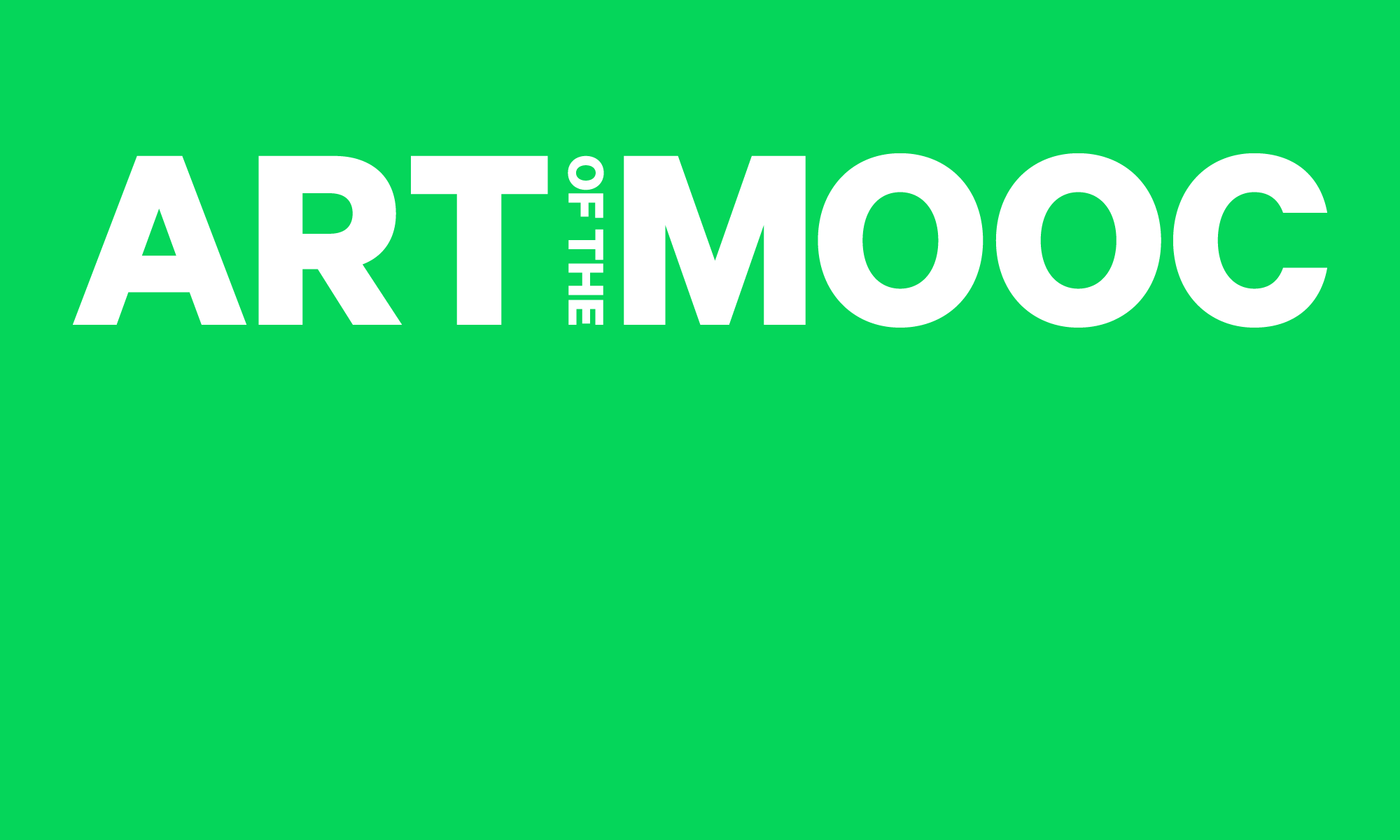Since its distant beginning, art has always been a means of communication—a form of language. Whether expressing an emotion, value, or message, art serves as a powerful and vital tool for communication. As a result, artists, especially those who are socially engaged, can be extraordinary communicators and educators—creating alternative communities of learning and challenging hierarchies, professionalization, and homogenization. The adage “a picture speaks a thousand words” holds true in both life and art. Often, a simple image or graphic can have much more of a personal impact on an individual than a long, drawn-out text. Because of this, artists and activists alike have used art to convey messages and to educate society. A notable example of this is a project from 1972 called Woman House, by Judy Chicago and Miriam Shapiro, who decorated a Hollywood mansion with feminine paraphernalia to promote feminism and self-love. Art as such addresses cultural power structures rather than representing them or simply describing them. What many people do not realize is that art can empower individuals and communities, and when used correctly, can have lasting social benefits.

a wiki of socially engaged art
